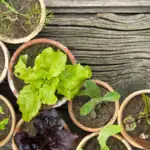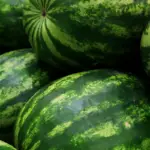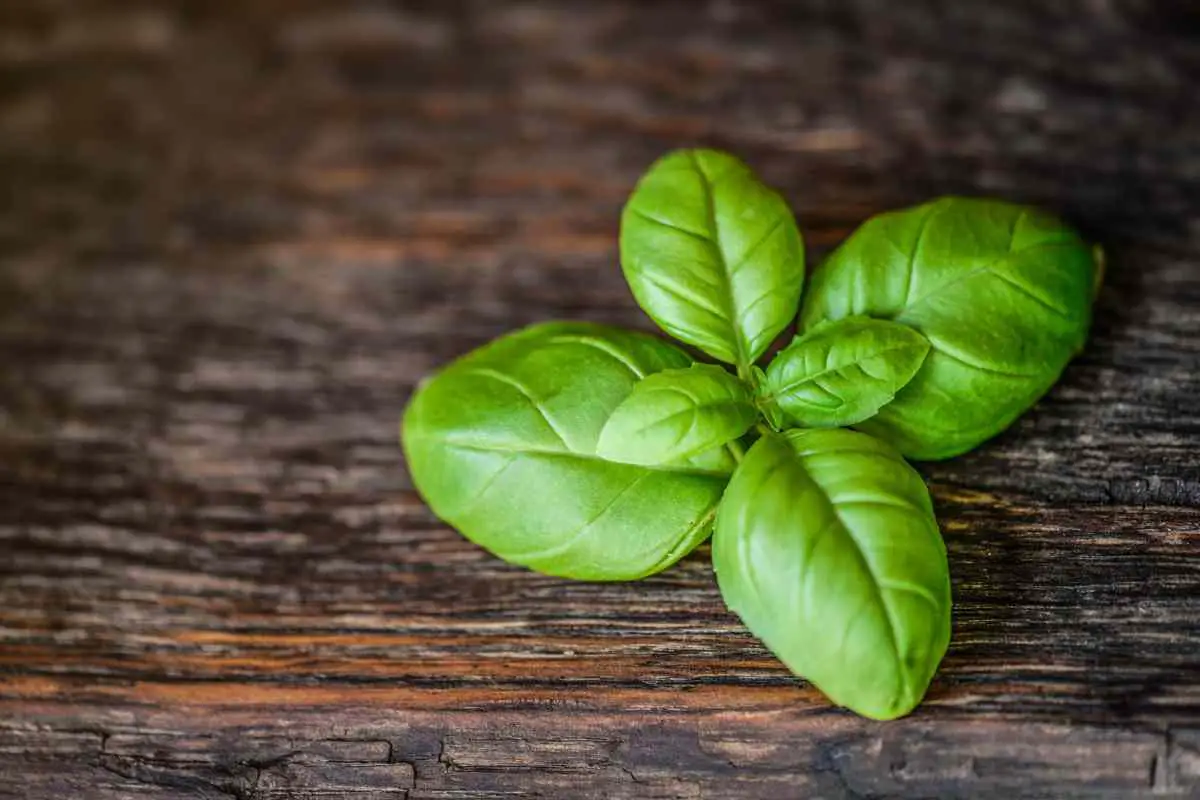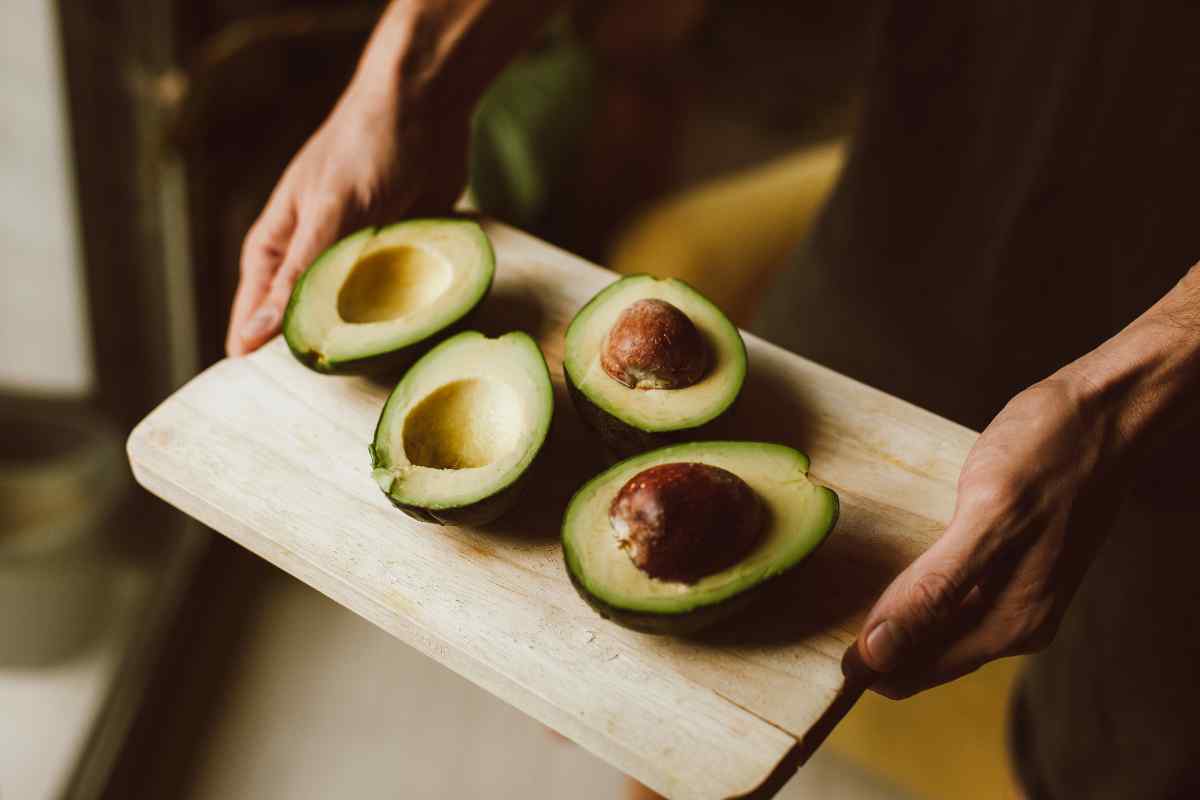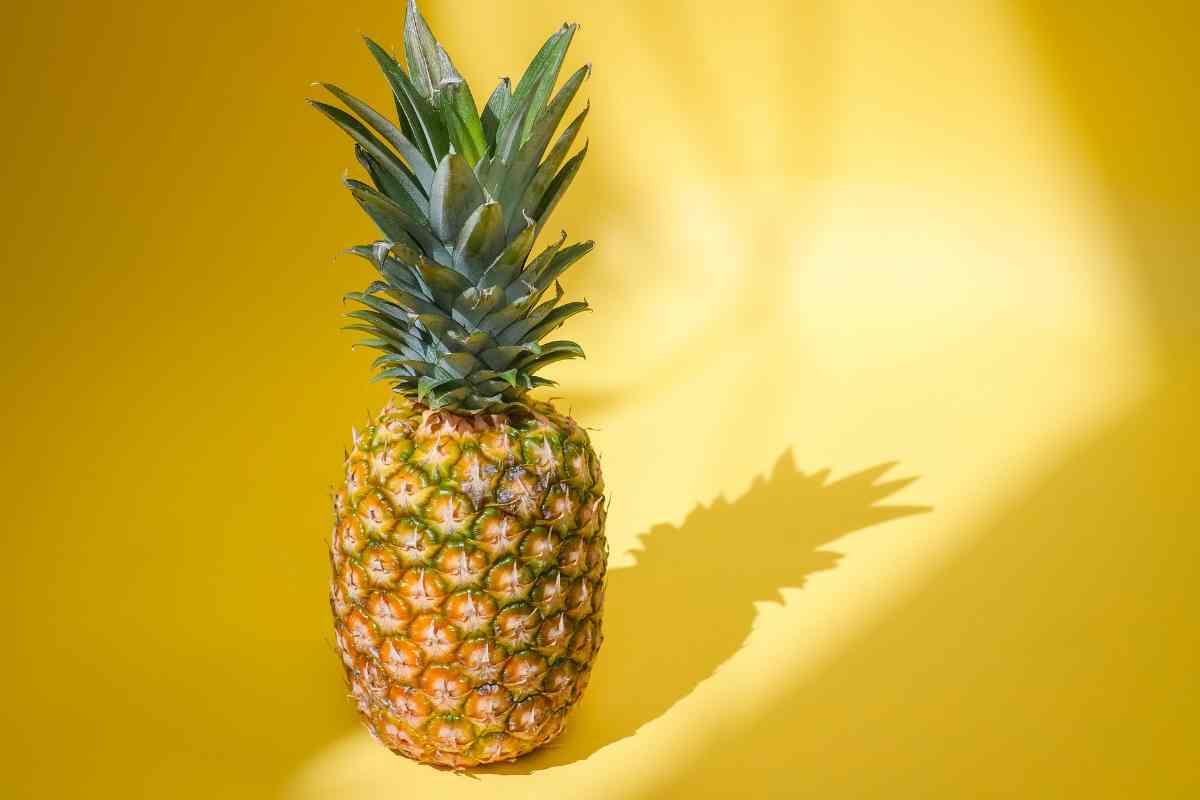Bananas are one of the most popular fruits in the world, known for their sweet taste and high nutritional value.
However, many people wonder if bananas have seeds and, if so, where are they located? The answer is not as simple as one might think.
Contrary to popular belief, the little black dots that appear in the center of a banana are not actually seeds.
According to The Spruce, these “banana seeds” are immature, infertile, and cannot be planted and grown.
In fact, bananas are classified as a berry and reproduce asexually through a process called parthenocarpy, which means they do not require fertilization to produce fruit.
This is why bananas are seedless and do not contain any viable seeds that can be used for propagation.
Despite the lack of seeds, bananas are still a nutritious and delicious fruit that can be enjoyed in a variety of ways.
From smoothies to baked goods, bananas are a versatile ingredient that can add flavor and nutrition to any meal.
Understanding where the seeds in bananas are located (or not located) can help dispel common myths about this popular fruit and encourage people to incorporate it into their diet.
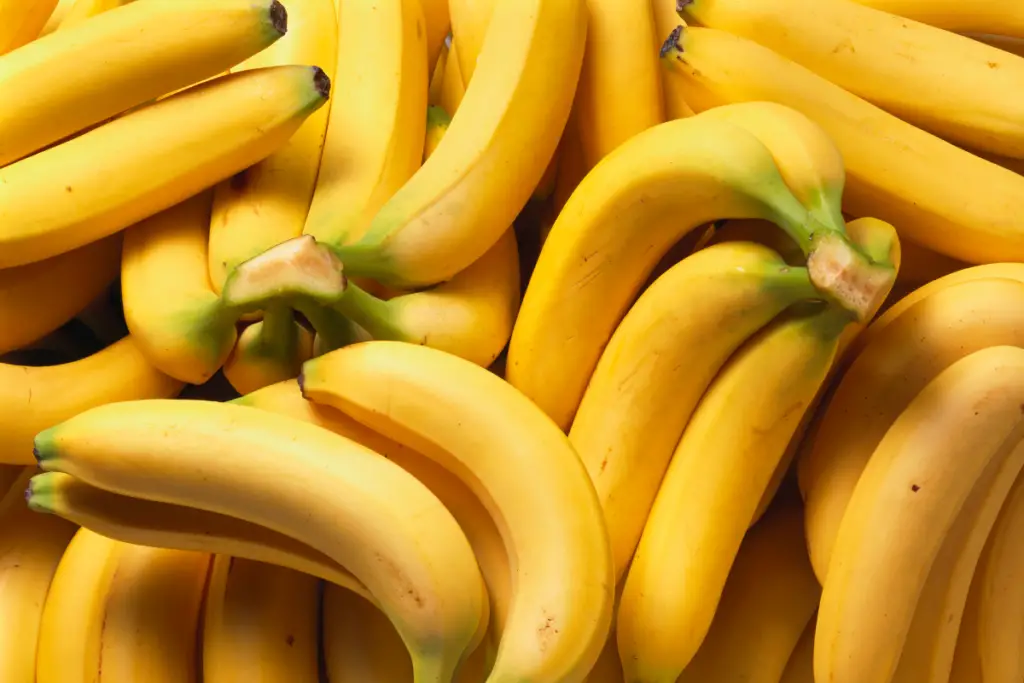
Table of Contents
Understanding Bananas
Bananas are one of the most popular fruits in the world. They are a great source of nutrition and are enjoyed by people of all ages.
Bananas are native to Southeast Asia, but they are now grown in many tropical regions around the world. They are a staple food in many countries and are used in a variety of dishes.
Bananas are elongated, edible fruits that are botanically a berry. They are produced by several kinds of large herbaceous flowering plants in the genus Musa.
Bananas are usually yellow when ripe, but some varieties are red, green, or even purple. They have a soft, sweet flesh that is rich in vitamins and minerals.
One of the most interesting things about bananas is that they do not have seeds that are visible to the naked eye.
While some people may think that the small black dots they see in a banana are seeds, they are actually immature, infertile ovules.
These ovules are remnants of the banana flower, and they do not develop into seeds.
Despite the lack of visible seeds, bananas do have seeds, but they are very small and are not used for reproduction.
The seeds are found in the center of the fruit, and they are surrounded by the flesh. The seeds are usually less than 1 cm in diameter and are not noticeable when eating a banana.
Overall, bananas are a fascinating fruit that is enjoyed by millions of people around the world.
Despite the lack of visible seeds, they are a nutritious and delicious food that can be enjoyed in many different ways.
Seedless Bananas: A Genetic Mutation
Bananas are one of the most popular fruits in the world, and the vast majority of the bananas consumed today are seedless.
This is due to a genetic mutation that occurred naturally in the wild banana species Musa acuminata, which is the ancestor of modern bananas.
The mutation that created seedless bananas occurred when two different wild banana species, Musa acuminata and Musa balbisiana, crossed naturally in the wild.
The result was a hybrid banana that had three sets of chromosomes instead of the usual two. This mutation made the bananas sterile and unable to produce seeds.
Today’s seedless bananas are all descendants of this original hybrid banana. They are all clones, genetically identical to each other and to the original hybrid banana.
The most common variety of seedless banana is the Cavendish banana, which was first grown commercially in the 1950s.
To produce more seedless bananas, growers use a technique called vegetative propagation. This involves taking a cutting from a banana plant and rooting it to produce a new plant. Because the new plant is genetically identical to the parent plant, it will also produce seedless bananas.
While seedless bananas are convenient for consumers, they do present some challenges for growers. Because all seedless bananas are genetically identical, they are vulnerable to diseases and pests.
If a disease or pest affects one plant, it can quickly spread to all the other plants in the field.
This is why growers must take extra precautions to protect their crops, such as using pesticides and fungicides.
Overall, the genetic mutation that created seedless bananas has had a significant impact on the banana industry.
Today, seedless bananas are the norm, and most consumers have never tasted a banana with seeds.
While there are some challenges associated with growing seedless bananas, they remain a popular and profitable crop for growers around the world.
Location of Seeds in Wild Bananas
Wild bananas are the ancestors of the modern-day bananas that we eat, and they contain seeds.
The seeds of wild bananas are located in the center of the fruit, and they are surrounded by the edible flesh.
Unlike the cultivated bananas that we eat, wild bananas have large, hard seeds that are not edible.
Wild bananas are found in the tropics, and they grow in a variety of habitats, including rainforests, swamps, and savannas.
They are pollinated by wind, insects, and bats, and they produce fruit that is smaller and less sweet than the bananas that we eat.
The seeds of wild bananas are an important food source for a variety of animals, including birds, bats, and primates.
In addition to wild bananas, there are also cultivated varieties of bananas that have seeds. These varieties are usually not sold in grocery stores, and they are not as popular as the seedless varieties.
The seeds in these bananas are small and usually not as hard as the seeds in wild bananas. They are also surrounded by edible flesh, but they are not as abundant as the seeds in wild bananas.
Overall, wild bananas are the only bananas that contain seeds that are large and hard enough to be noticeable.
The seeds are located in the center of the fruit, and they are surrounded by the edible flesh. While the seeds are not edible, they are an important food source for a variety of animals in the tropics.
Location of Seeds in Cultivated Bananas
Cultivated bananas are seedless fruits that have been selectively bred to produce edible and tasty fruit.
Unlike wild bananas, cultivated bananas have nearly non-existent seeds that are barely visible as tiny black specks in the interior of the fruit.
The seeds in cultivated bananas are typically located at the tip of the fruit, opposite the stem.
The tip of the fruit is distinct in texture and often darker in color. However, these seeds are not viable and cannot be used to grow new banana plants.
Bananas are propagated through vegetative means such as suckers, corms, and tissue culture.
Suckers are the most common method of propagation and involve removing a shoot that grows from the base of the banana plant and transplanting it to a new location
In summary, cultivated bananas do not have viable seeds and are propagated through vegetative means.
The seeds in cultivated bananas are located at the tip of the fruit, opposite the stem, but are not useful for growing new banana plants.
Banana Reproduction
Bananas are one of the most popular fruits in the world, but have you ever wondered how they reproduce?
Unlike other fruit seeds, bananas do have seeds, but they are not developed enough to grow into a new banana plant.
The banana plant reproduces asexually, meaning that it does not require pollination or fertilization to produce fruit.
Instead, it reproduces by sending out shoots from the base of the plant called suckers. These suckers grow into new banana plants, which will also produce fruit.
Commercial banana growers use a specific type of sucker called a sword sucker, which is removed from the parent plant and replanted to produce a new plant.
This method ensures that the new plant will have the same desirable traits as the parent plant, such as disease resistance and fruit quality.
In addition to suckers, banana plants can also produce fruit from a process called parthenocarpy.
This means that the fruit can develop without fertilization, resulting in seedless bananas. However, seedless bananas are not sterile and can still produce viable seeds through cross-pollination with other banana varieties.
Overall, banana reproduction is a fascinating process that involves a combination of asexual reproduction and parthenocarpy.
While bananas do have seeds, they are not developed enough to grow into new plants, and instead, the plant reproduces through suckers.
Cultivation and Harvesting of Bananas
Bananas are tropical plants that require a warm and humid climate to grow. They are typically grown in tropical regions such as South and Central America, Africa, and Southeast Asia.
Bananas are grown from suckers, which are small shoots that grow from the base of the banana plant.
These suckers are separated from the parent plant and planted in a new location to grow into a new banana plant.
Bananas require a lot of water and nutrients to grow properly. They are typically grown in rich, well-drained soil that is high in organic matter.
Farmers often use fertilizers to provide additional nutrients to the plants. Bananas are also susceptible to diseases such as Panama disease and black Sigatoka, which can be controlled through the use of fungicides and other treatments.
Bananas take between 9 and 15 months to mature, depending on the variety. The fruit is typically harvested when it is still green and then allowed to ripen off the plant.
Home growers will generally harvest the fruit 7-14 days prior to ripening on the plant. Once the fruit is harvested, it is important to handle it carefully to prevent bruising and damage.
Commercial growers often use a variety of techniques to ripen bananas quickly and uniformly, such as exposing the fruit to ethylene gas.
Once the bananas are ripe, they are typically shipped to markets and grocery stores around the world.
In summary, bananas require a warm and humid climate, rich soil, and careful management to grow successfully.
They take several months to mature and are typically harvested when still green. After harvesting, the fruit is ripened and then shipped to markets and grocery stores around the world.
Seed Extraction and Cultivation
To extract seeds from a banana, one must first select a ripe banana with black spots on the skin. The black spots indicate that the banana is fully matured and the seeds inside are viable.
Next, the banana should be peeled and the fruit should be mashed in a bowl. The mashed fruit should then be soaked in water for a few minutes to help separate the seeds from the flesh.
After soaking, the mixture should be strained through a fine mesh sieve to separate the seeds from the pulp.
Once the seeds have been extracted, they can be washed and dried.
It is important to note that banana seeds are not true seeds, but rather small black specks that are actually embryos. Because of this, they must be planted immediately after being extracted to prevent them from drying out and becoming unviable.
To cultivate banana seeds, one must first prepare the soil. Bananas prefer well-draining soil that is rich in organic matter.
A mixture of compost, sand, and loam is ideal for growing bananas. The seeds should be planted about 1 inch deep in the soil and covered with a thin layer of compost.
The soil should be kept moist, but not waterlogged, and the seeds should germinate within two to three weeks.
It is important to note that banana seeds are not the same as the seeds found in most other fruits and vegetables.
While it is possible to grow bananas from seed, it can be a difficult and time-consuming process.
In most cases, it is easier and more practical to propagate bananas through vegetative means, such as by dividing suckers or by using tissue culture techniques.
Conclusion
In conclusion, bananas do have seeds, but they are not the same type of seeds that most people are familiar with.
The small black dots found inside a banana are immature, infertile seeds that cannot be planted and grown.
Therefore, it is not possible to grow a banana tree from the seeds found in a banana fruit.
Despite this, bananas are still a highly nutritious fruit that is enjoyed by millions of people worldwide.
They are an excellent source of dietary fiber, potassium, vitamin C, magnesium, and vitamin B6.
Bananas can help boost energy levels, support healthy digestion, and maintain good blood pressure. Plus, they are low in calories and fat-free.
When it comes to buying bananas, consumers have a choice between seeded and seedless varieties.
Seeded bananas are less common in supermarkets, but they are still available in some specialty stores and farmers’ markets.
Seeded bananas tend to be smaller and sweeter than seedless varieties, and they have a slightly different texture.
Overall, whether you prefer seeded or seedless bananas, they are a healthy and delicious addition to any diet.
- How to Dry Basil Leaves: A Professional Guide
- Is an Avocado a Fruit or Vegetable? Simple Answer and Explanation
- Does Pineapple Have Seeds? Exploring the Anatomy of Pineapples
- Blooming Through Winter: Can I Grow Vegetables Indoors in the Winter?
- What Can You Grow in a Greenhouse All Year Round: A Guide to Year-Round Greenhouse Gardening
- Are Blueberries Blue? Debunking the Myth of Their Color












